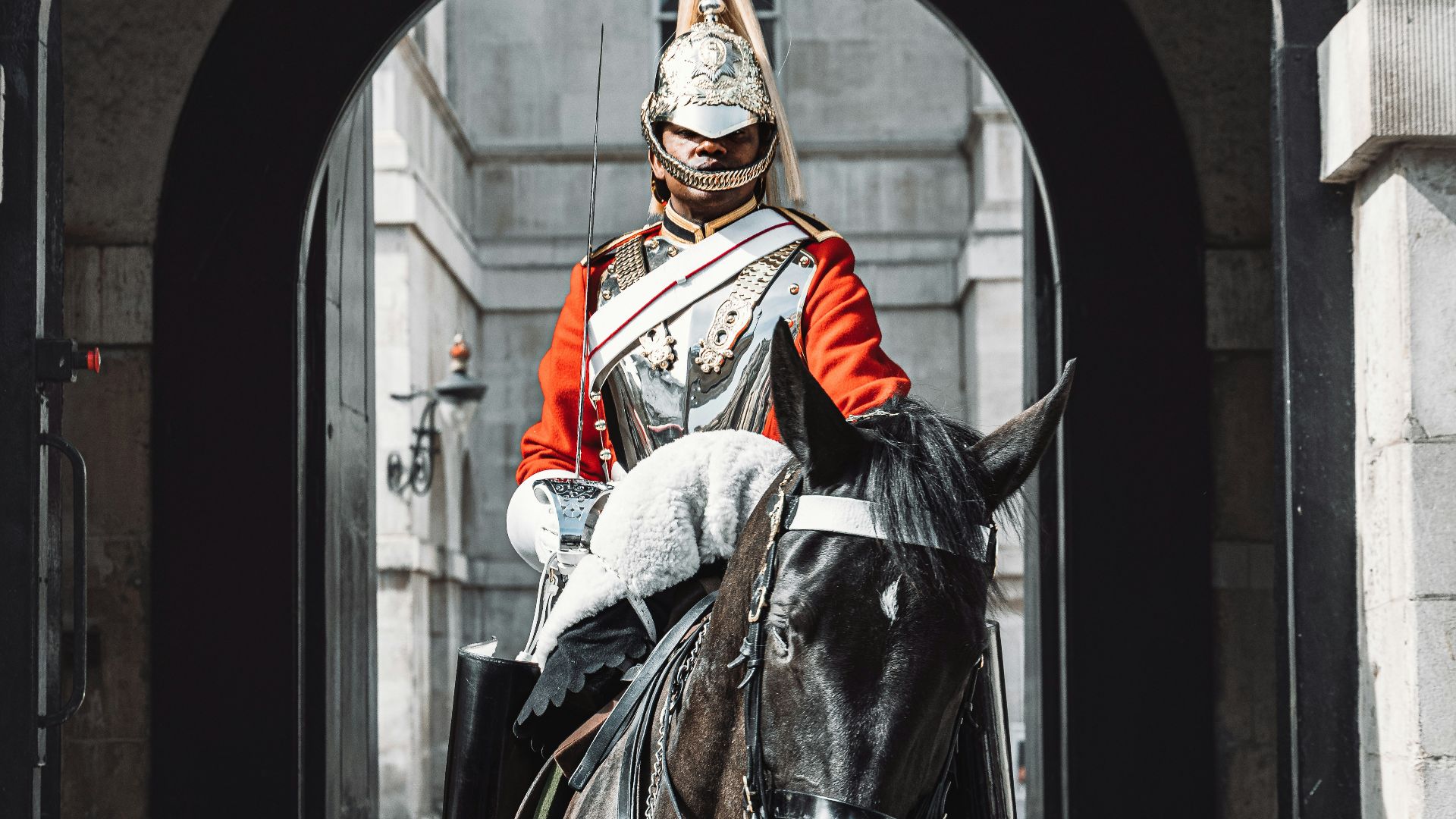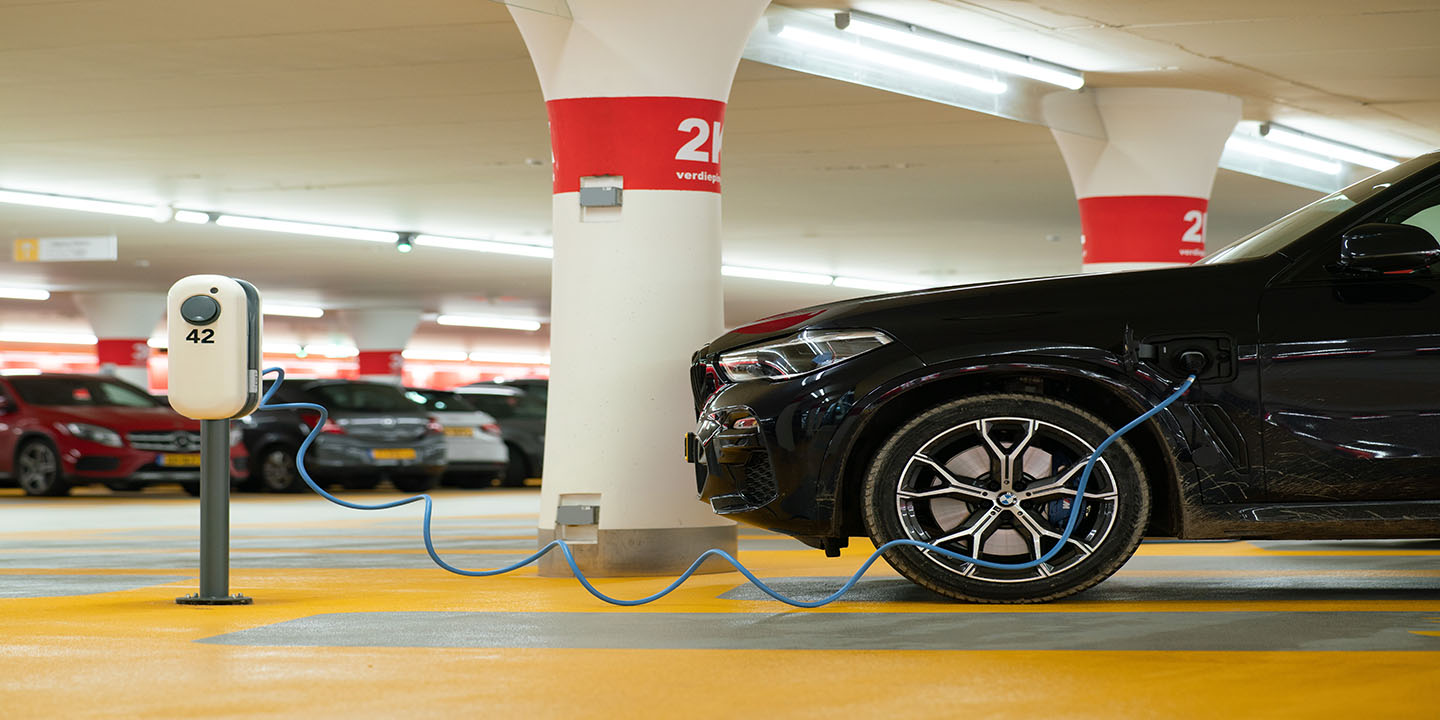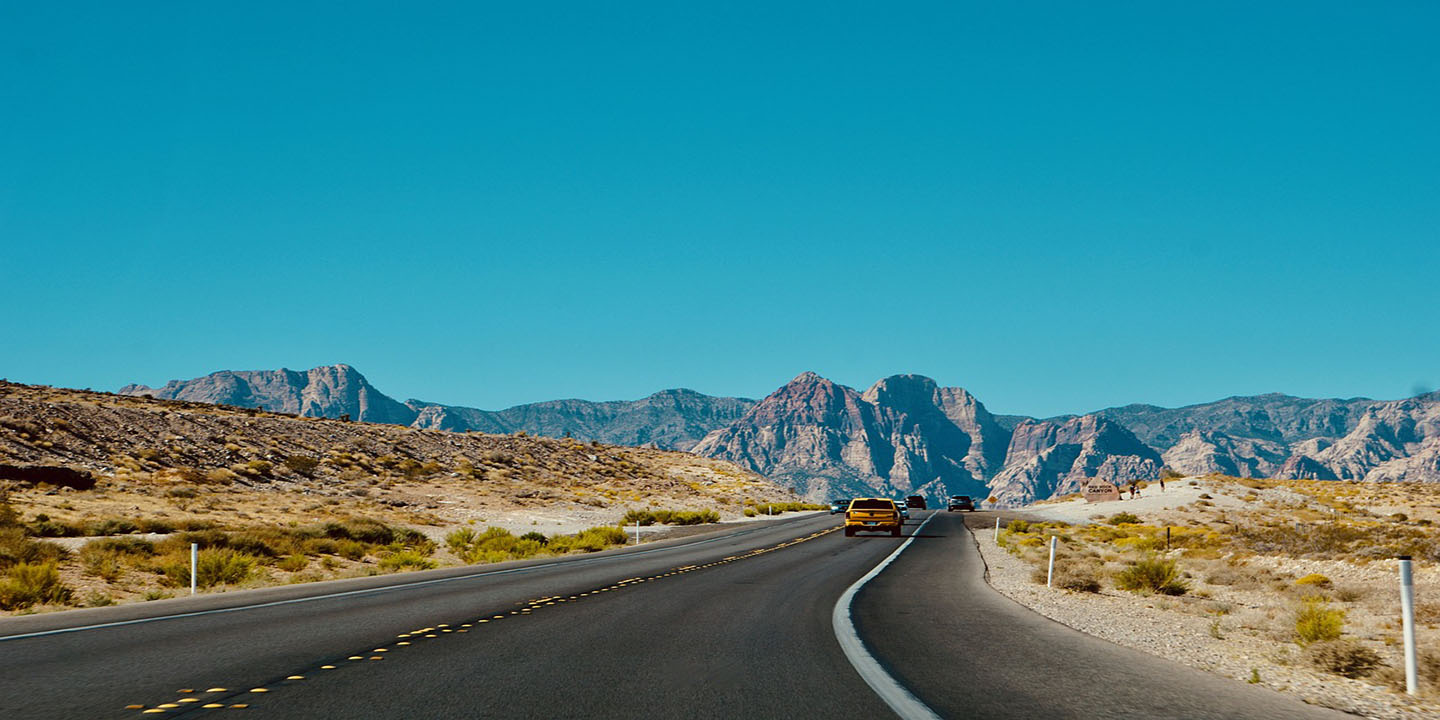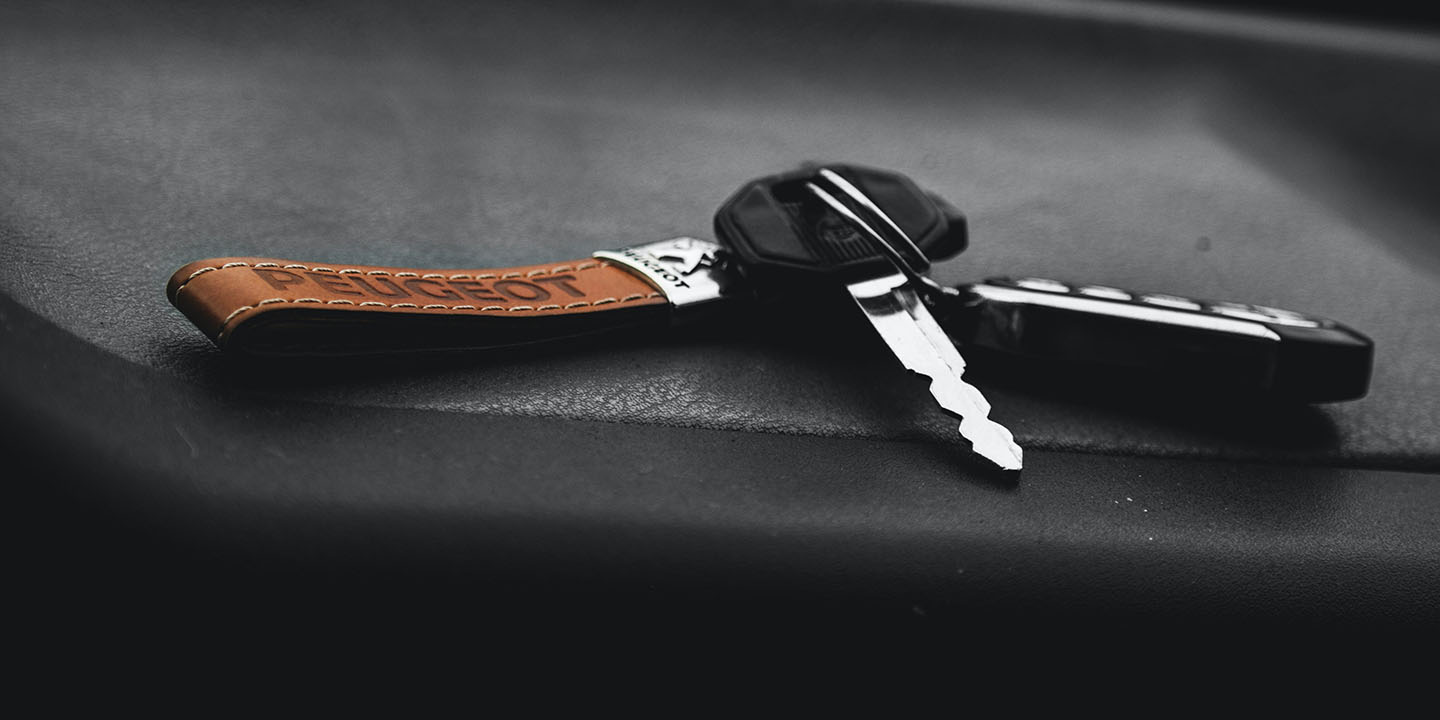Historically, This Is Why The British Drive On The Left Side Of The Road
At first glance, it might look like Britain drives on the “wrong” side of the road—but the truth goes much deeper than habit or stubborn tradition. This custom reaches back hundreds of years, long before cars, when horses ruled the streets and swords made the rules. The left-side system wasn’t random—it was about survival and even social order.
Today, while most of the world drives on the right, about 35% of the global population still follows Britain’s lead. And once you know the history behind it, the left lane makes a lot of sense.
Back When Roads Were Ruled By Swords
Before engines roared, horses clopped down England’s muddy tracks to carry knights, traders, and travelers. In those medieval days, most people were right-handed, and that fact shaped traffic. Riding on the left meant a person’s sword hand stayed facing potential danger—ready to defend or greet another rider. On narrow country lanes where passing strangers could turn tense, keeping to the left gave a clear advantage.
By the 1700s, this left-hand custom was so ingrained that it became part of daily life. Tradition and practicality held the rule steady for centuries. Pilgrims walking to London and soldiers marching home all stayed left without formal laws even telling them to.
Then Came The London Road Act
The first formal step arrived in 1756, when the London Bridge Improvement Act required travelers to keep left while crossing the bridge. This local measure set the tone for wider regulation. In 1773, the General Highways Act reinforced the practice by encouraging left‑side travel for safety across broader routes. Finally, the Highway Act of 1835 extended the rule nationwide, mandating that all public roads and bridges in Britain follow the left‑hand system.
As the British Empire expanded across continents, this rule traveled too, to India, Australia, South Africa, and other colonies that still follow it today.
Meanwhile, the rest of Europe began drifting right, largely under the influence of Napoleon Bonaparte. The French leader preferred his troops and carriages to move on the right as part of revolutionary reforms, promoting uniformity and distancing from aristocratic (left-side) traditions favored by Britain.
When his army conquered new territories, they brought that right-sided rule with them. And as the French Empire grew, Europe gradually split lanes with Britain standing on the opposite side.
The Global Shift That Never Happened
When motor travel expanded in the early 1900s, some international groups pushed for a worldwide standard to make cross-border driving easier. There were even proposals urging every nation to pick one uniform side. But switching wasn’t simple. Changing road signs and rebuilding intersections would have created massive safety risks.
Countries already using the left decided staying put was safer and cheaper than flipping their entire system. That choice locked their direction in place, while neighbors kept theirs, creating the split we know today.








